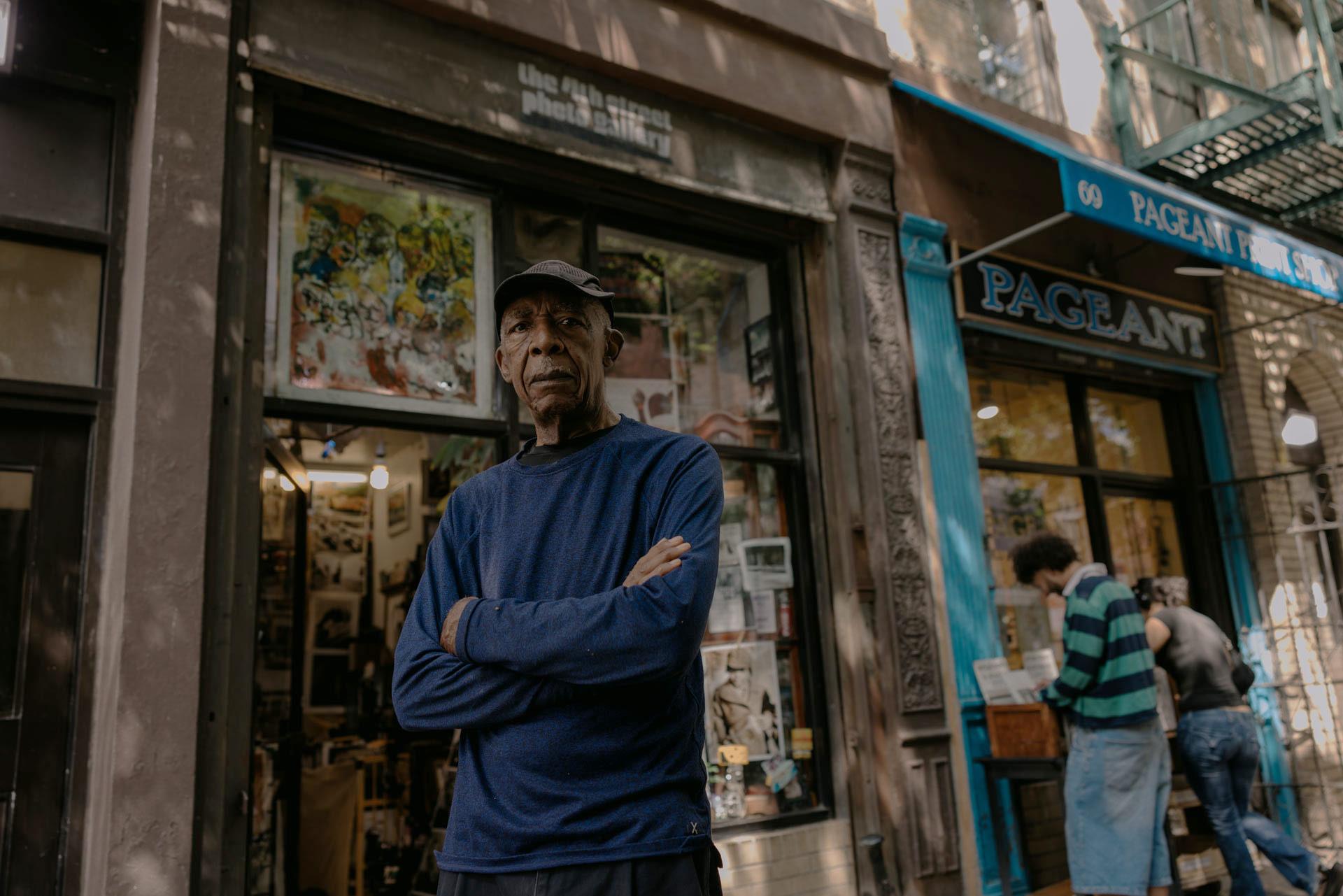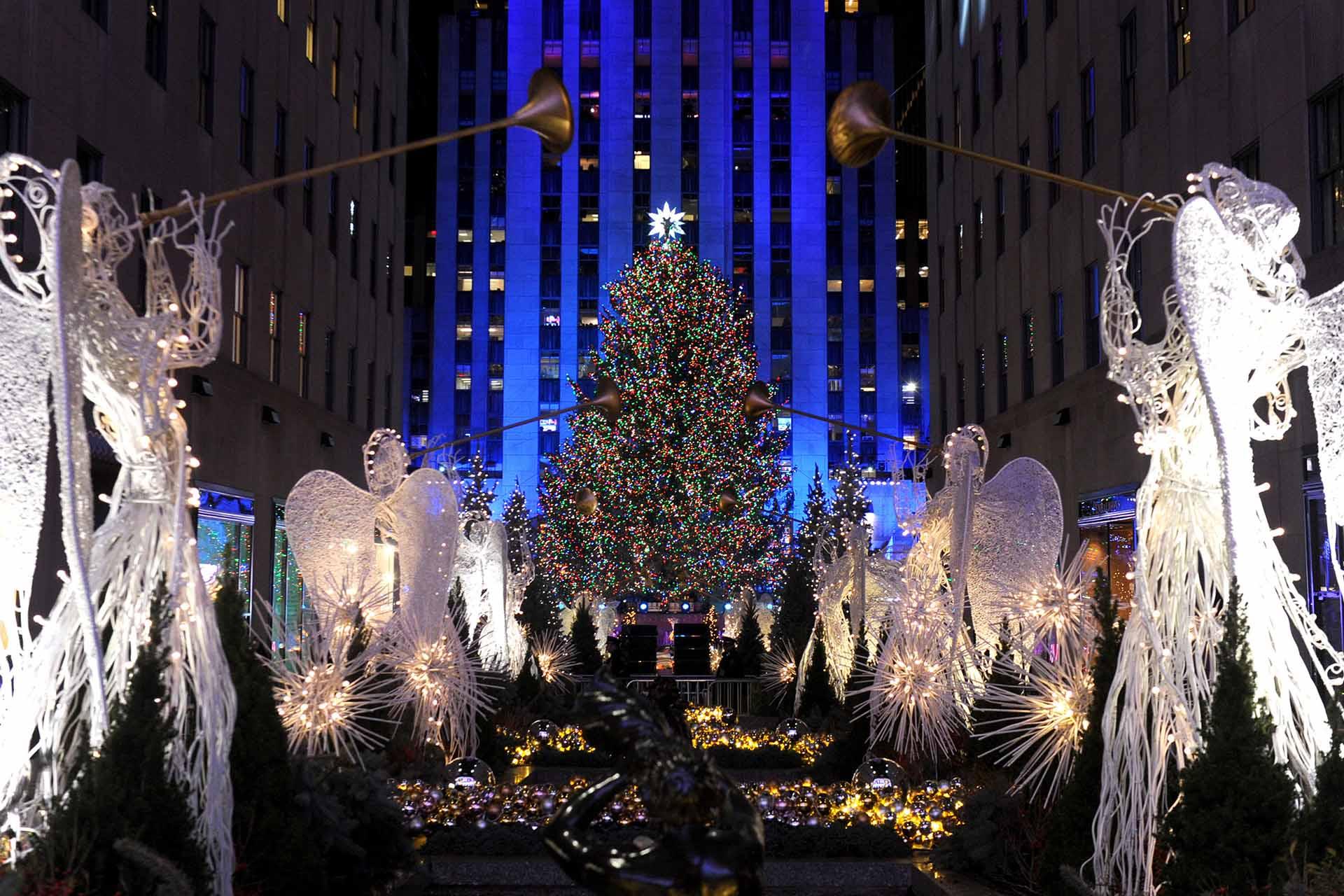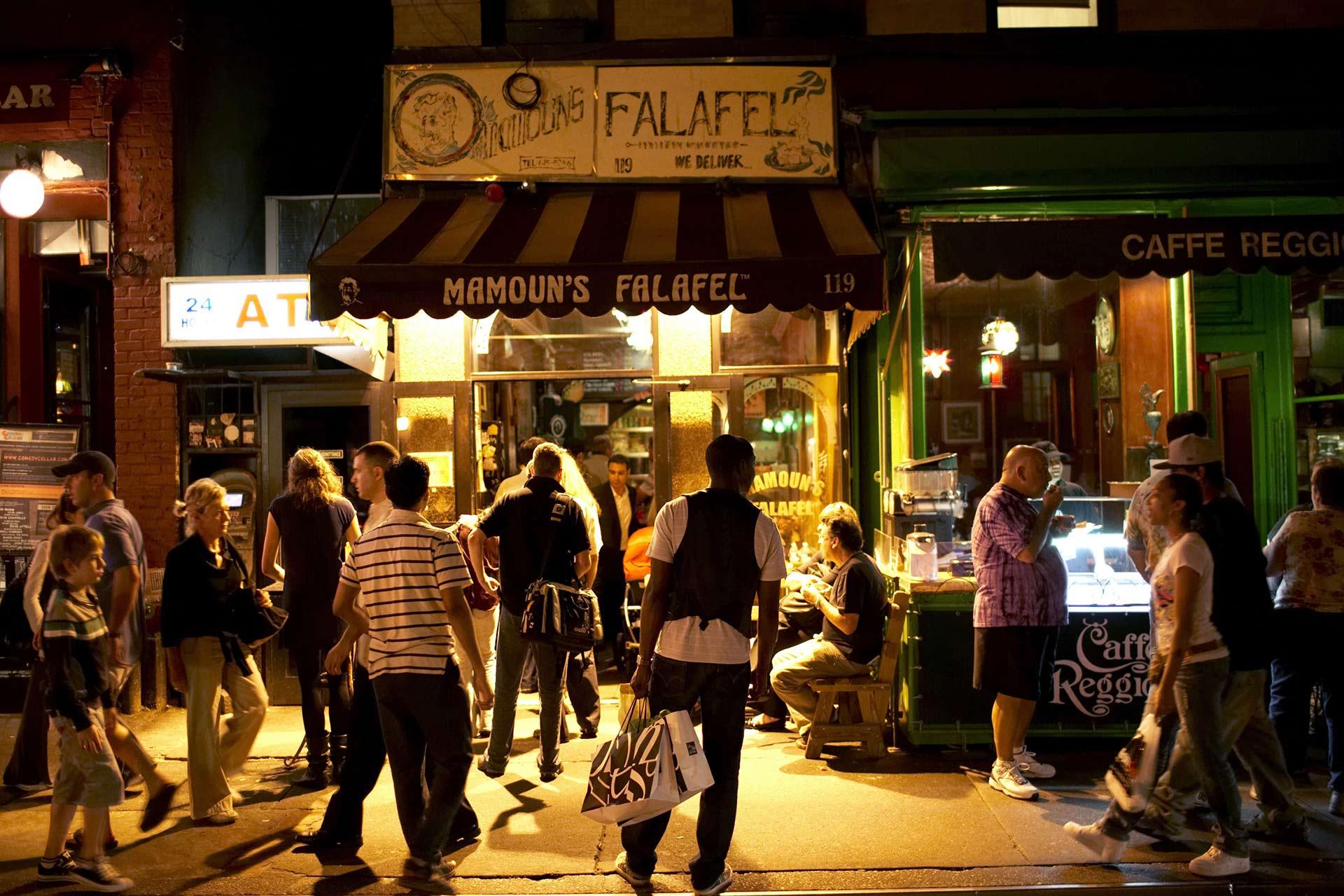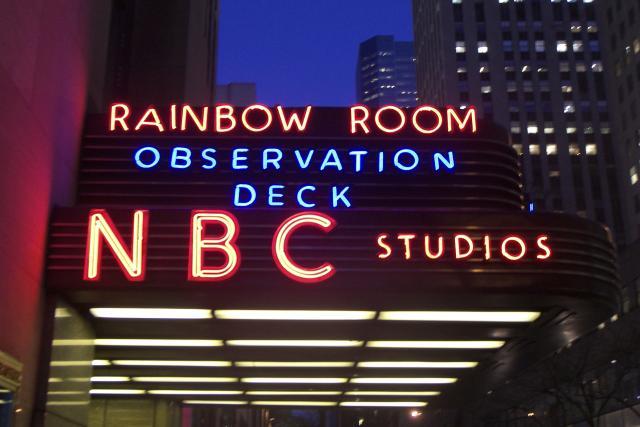Urban legends, modern man's workaday mythology, thrive in all metropolises. Most of the stories are geographically interchangeable, of course, but many of Gotham's are unique to the City—not to mention wildly entertaining. Libby Tucker, folklorist and English professor at Binghamton University in upstate New York, has a theory about that: "Legends are an index of the spirit and pride of a place," she says. "They're an indication of the spirit of the community." Consider, then, this to be a chronicle of NYC's truly original spirit, which has been spun into tales of sewer-dwelling reptiles, pirate treasure buried beside the Statue of Liberty and more. Read on for a few of our favorites.

Photo: Laura Miller
Alligators in the Sewers
Everyone knows this one: in the grips of a fad, city kids bought baby alligators as pets and flushed them into the sewer system, where the reptiles were free to propagate (blind and albino in some accounts). While that never happened, there are, oddly enough, shades of truth to the story. There have been sporadic newspaper accounts of sightings, including the most famous one, published in the February 10, 1935, edition of The New York Times, about an 8-foot-long gator that was pulled from a Harlem manhole by some excited youths who subsequently killed the beast. Then there's Robert Daley's 1959 book The World Beneath the City, in which retired sewer superintendent Teddy May explains how he exterminated a colony of gators with rat poison and .22 rifles. (An official later told folklorist Dr. Jan Harold Brunvand that May loved spinning yarns.) The gators are part of the City's identity, memorialized in everything from Tom Otterness' whimsical sculpture in the 14th Street subway station (the A, C and E lines) to Thomas Pynchon's novel V. "Alligators are the closest things we have to mythological creatures," explains Steve Zeitlin, folklorist and founding director of City Lore. "The notion of monsters lurking under the earth is a time-immemorial archetype." Of course, the notion of them lurking aboveground in New York City isn't so far-fetched, as the NYPD discovered one being kept as a pet in Brooklyn not too long ago. And more than a dozen have been reported since in suburban New York, on Long Island.

Photo: Laura Miller
Buried Treasure on Liberty Island
Captain William Kidd was hanged for piracy in 1701, and legends of his buried treasure have been sparking imaginations since. One concerns the riches he may have left on Bedloe's Island, now known as Liberty Island. Back in the 19th century, the tale proved so enticing that two soldiers stationed at Fort Wood, the island's tenant prior to Lady Liberty, decided to hunt for the treasure. A psychic sent them looking for the largest flat rock, at midnight, on a full moon, armed with a witch-hazel divining rod. According to legend, they found the treasure—and a cutlass-waving ghost. The soldiers fled, and, when they returned, both ghost and treasure chest were gone. The New York Times published a story about the events in the August 14, 1892, edition; the tale was later recounted with dramatic flair in a 2005 book titled Spooky New York, by S.E. Schlosser. Says Libby Tucker, folklorist and English professor at Binghamton University, "People have gone and dug, but there's no consensus on the largest flat rock." That said, the City is definitely in consensus when it comes to digging up Liberty Island: don't do it.

Photo: Laura Miller
Pennies From Heaven?
One penny is all it takes, or so the story goes. Dropped from the observation deck of the Empire State Building(or any of NYC's towering structures), an otherwise harmless one-cent coin can be transformed into a murder weapon. "A lot of urban legends are cautionary tales for kids," says City Lore founding director Steve Zeitlin. "The penny story is like that." The legend has certainly kept many a mischievous impulse in check on field trips to the illustrious building, but it's also been thoroughly debunked. A penny weighs about a gram, after all, and assuming it could descend through the updrafts swirling around the building and bypass the roofs of shorter structures—highly unlikely—it still wouldn't be lethal. (The television showMythBusters investigated the legend in 2003.) Still, the story endures, and if the tale keeps kids from pitching stuff off roofs, parents will keep on telling it.

Photo: Laura Miller
Ghost Ship of the Hudson River
As ghost ships go, this one is fairly friendly. A tall-masted vessel, supposedly visible during foggy days at dusk, is the apparition of a ship that was wrecked on the rocks because her crew was careless. "It's a warning," says Binghamton University professor Libby Tucker. "If you see it, you'd better not go out on the water." The earliest printed version of the tale is from a book titled The Hudson, by Wallace Bruce, published in 1894. Bruce writes that when New York City was little more than a village, the whole of the population grew excited one night as an unfamiliar ship approached. But she turned aside, continuing up the Hudson, and never returned. "Whenever a storm came down on Haverstraw Bay or Tappan Zee, it is said that she could be seen careening over the waste, and…you could hear the captain giving orders, in good Low Dutch." Many claimed she was the spirit of Henry Hudson's Half Moon, which had once run aground upriver. Whichever version is correct, we recommend staying on dry ground if you see the ghost ship. Just in case.

Photo: Laura Miller
Slimming the Babe
Nearly 80 years after his retirement, George Herman "Babe" Ruth arguably remains the most famous baseball player ever. Throughout his magnificent career, the Babe bent the game (and gravity) to his will, so it makes sense that he might have similarly influenced the organization he's most associated with—and their jerseys. We refer to the charming legend that the Yankees first donned their classic pinstripes to slim the ballooning baseball great. It's a great yarn, if easily disproved. In Rob Neyer's Big Book of Baseball Legends, the author writes, "For many years, it's been said that the Yankees adopted pinstripes to make Babe Ruth look thin, or rather, less fat. But of course he didn't join the club until 1921." The team, Neyer explains, first wore pinstripes in 1912, when they were still known as the Highlanders. So whatever slimming benefit Ruth received from the stripes was entirely coincidental—and not exactly effective.

Photo: Laura Miller
Fordham University's Spirit Story
The Bronx's Fordham University is home to many harrowing tales, including this one, collected in Haunted Halls, Professor Libby Tucker's book of college ghost lore. Late one night, a resident assistant was alone in a dormitory and found all the mattresses in the building standing upright. This being a Jesuit institution, the RA called for a priest, fearing the influence of the supernatural. At about 2am, a Jesuit cleric knocked on the RA's door and told him he'd dispatched the evil spirit. The following morning, the RA spoke to the school's head nun, who apologized for not sending anyone to investigate (cue spooky refrain). Perhaps related: a number of scenes in The Exorcist were shot at Fordham, and faculty member and priest Father William O'Malley played Father Dyer in the movie. Tucker theorizes that the famously cursed film may have given rise to the legends. "Some people think they raised or summoned a demon on that shoot," she says. "Maybe it was left behind."

Photo: Laura Miller
The Real Cost of Red Velvet Cake
This story is so pervasive it's gone nationwide, but at least one version sets the legend in New York City. After a lovely meal, a couple on a date at the The Waldorf Astoria order the red velvet cake for dessert and fall in love with the confection. The woman, an amateur baker, asks for the recipe. When the waiter returns to fulfill her request, she discovers that the so-called special ingredient is merely "Red Dye #8709"—and that the hotel has charged them $700 for the information. The man pays, too embarrassed to make a scene in front of his date. Angling for revenge, the two follow the recipe, crank out tons of cakes, flooding the market with red-velvety goodness, and receive offers to open a bakery. Though thoroughly untrue, the legend and all its variants—one involving cookies and blaming Neiman Marcus in Dallas, another defaming Mrs. Fields—persists due to what snopes.com writer Barbara Mikkelson calls the urge to "strike a blow for the little guy."

Photo: Laura Miller
The Cropsey Maniac
If you attended summer camp on the East Coast, chances are you know some iteration of the Cropsey legend: he's the revenge-obsessed bogeyman whose wife and son died in a fire started by careless kids, and who kills a camper every year on the anniversary of the tragedy. (In other versions, he died in the fire along with his family, and it's his ghost that campers need to worry about.) But to Staten Islanders, Cropsey was, unfortunately, far more substantial—a former employee of the abandoned Willowbrook mental institution who hunted local children. In 2010, filmmakers and Staten Island natives Joshua Zeman and Barbara Brancaccio released a documentary called Cropsey, which explores the notorious case and the junction where the real facts and the old urban legend meet.

Photo: Laura Miller
Sawing Manhattan in Half
This chestnut is one of folklorist Steve Zeitlin's favorite New York City stories—high praise indeed, considering he runs an organization devoted to them. As related in renowned scholar Benjamin A. Botkin's 1976 book New York City Folklore, one day in 1823 or '24, a contractor called Lozier made it known to all the laborers in the area of Spring and Mulberry Streets that the southern end of Manhattan was too heavy and was going to sink. The only remedy: saw the island in two, turn the southern half around and reattach it. Word of the project spread for months and gobs of workers volunteered their services. But when they arrived to start on the appointed day, Lozier had disappeared. They'd been duped. It's a great story—too bad none of it happened. Not the sawing, and not the ruse. "It's a hoax inside of a hoax," Zeitlin says, delighted. Still, Battery Park would have looked nice in Midtown.

Photo: Laura Miller
The Ice-Skaters of Central Park
If you see two women dressed in Victorian fashion on the ice in Central Park, call a ghost buster. S.E. Schlosser’s book Spooky New York explains the legend of the Central Park skaters like this: a young man takes his date ice-skating and sees two women in long dresses (one red, one purple), laughing and carving speedy figure eights. Suddenly, the woman in purple makes right for him. The story continues: "I realized that her feet were not touching the ice. And I could dimly make out the figures of other skaters right through her body." The woman skates right through him. Later, the young man discovers that his ghosts are rink regulars—the spectral sisters Rosetta and Janet Van der Voort. They lived in Manhattan, loved skating in the park and died months apart from each other in 1880. Their ghosts have been spotted skating in Central Park since World War I. There's just one problem with this story, says folklorist Libby Tucker: "Wollman Rink was built in 1949, not the 1800s." Anyone want to tell that to the Van der Voort sisters?






